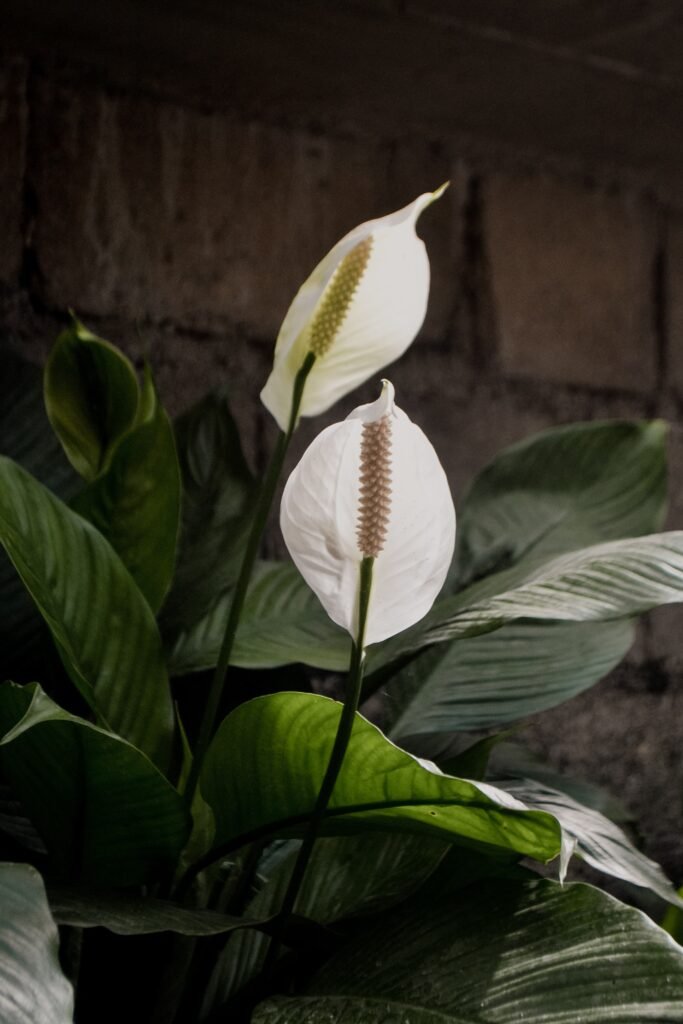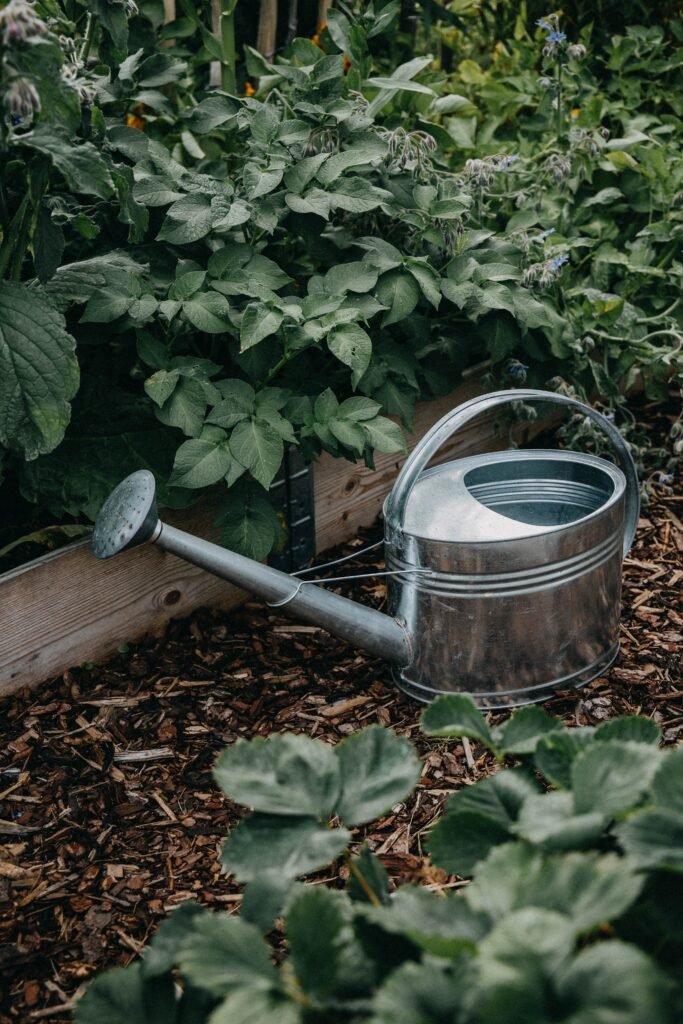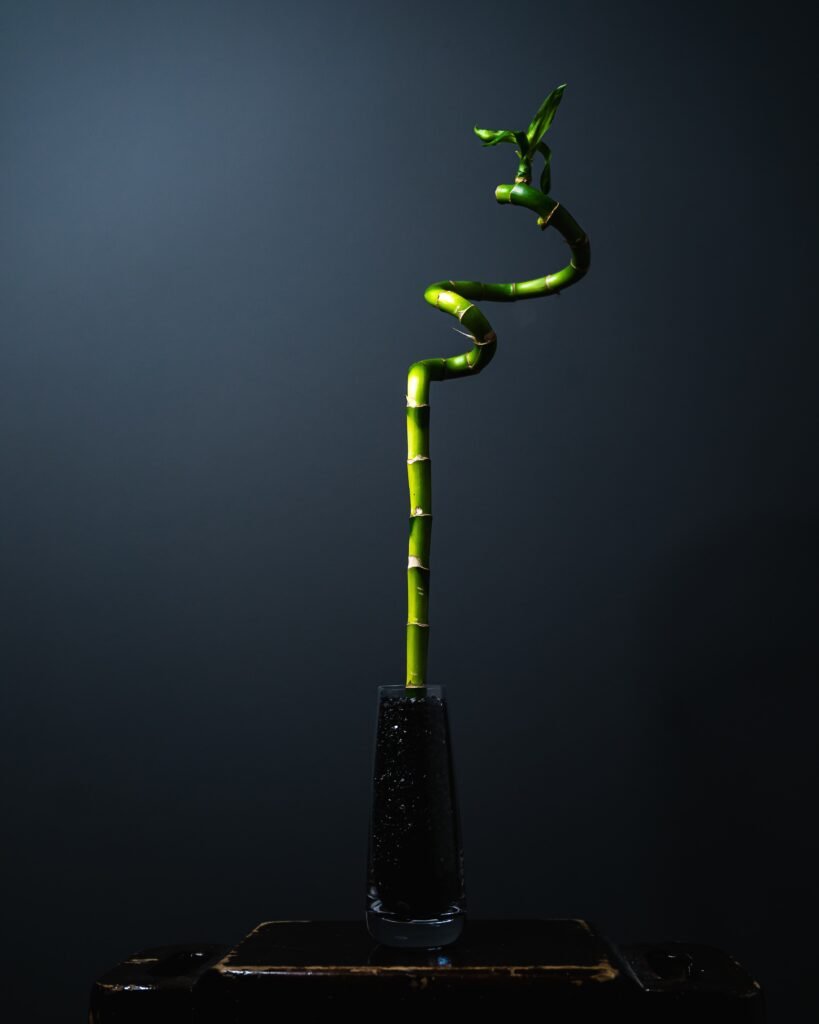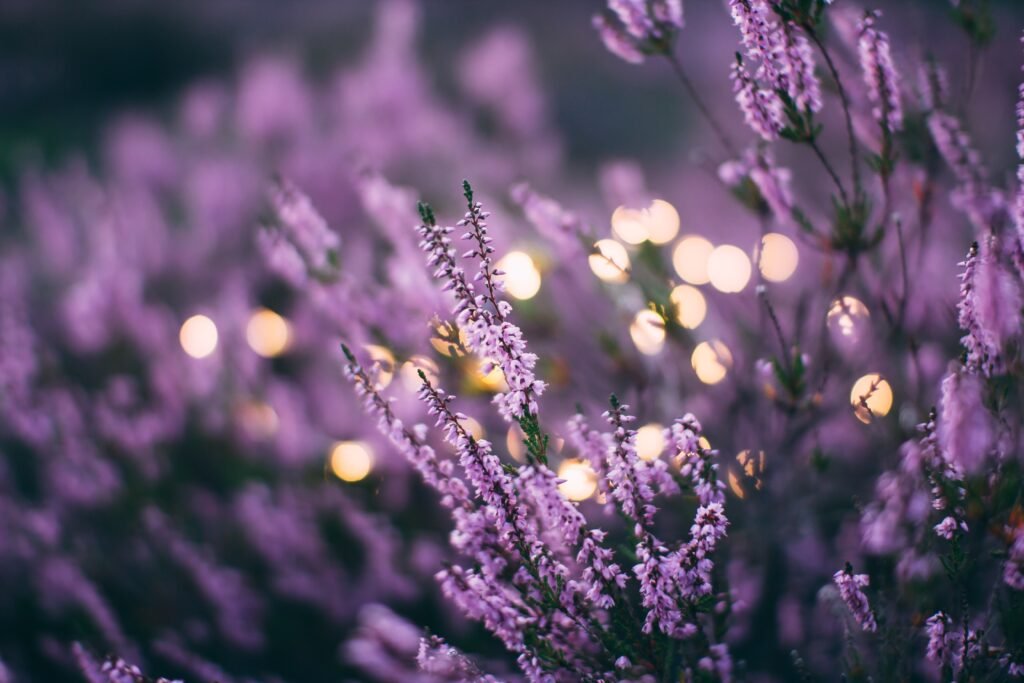Introduction to Indoor Plants
Indoor plants have become a staple in homes and offices around the world. Not only do they add a touch of greenery and life to any space, but they also come with a host of benefits. From improving air quality to enhancing mental health, the advantages of having indoor plants are numerous. In this article, we will explore the world of indoor plants, focusing on the best types for various environments, how to care for them, and their unique benefits.
Benefits of Having Indoor
- Improved Air Quality: Indoor plants are known for their ability to purify the air. They absorb toxins and produce oxygen, making the air in your home or office cleaner and healthier. Plants like the snake plant and peace lily are particularly effective at this.
- Enhanced Mental Health: The presence of indoor plants can significantly boost your mood and reduce stress levels. The act of caring for a plant can be therapeutic, offering a sense of achievement and responsibility. Studies have shown that plants in the workspace can increase productivity and creativity.
- Aesthetic Appeal: Indoor plants add a natural element to interior design, bringing vibrancy and color to any room. They can be used to enhance the decor, fill empty spaces, and create a more inviting atmosphere.
- Health Benefits: Beyond air purification, indoor plants have been linked to various health benefits. They can help reduce fatigue, coughs, sore throats, and other cold-related illnesses by increasing humidity and decreasing dust. For more on the health benefits of indoor plants, visit Healthline’s article on the subject.
- Educational Value: For families with children, indoor plants can be a great way to teach responsibility and the basics of botany. Caring for a plant helps children learn about the life cycle of plants and the importance of nurturing living things.
In the next section, we will delve into the best indoor plants for different environments, how to care for them, and much more. Stay tuned for valuable insights on making the most of your indoor greenery.
Selecting the Best Indoor Plants for Different Environments
When it comes to choosing indoor plants, it’s important to consider the specific conditions of your space. Different plants thrive in different environments, and selecting the right one can make all the difference in how well they grow and enhance your space.

Low Light Conditions
- Snake Plant (Sansevieria): Known for its resilience, the snake plant is perfect for areas with low light. It’s not only easy to care for but also excellent at purifying the air.
- Peace Lily (Spathiphyllum): This plant thrives in shaded areas and adds a touch of elegance with its white blooms. It’s also known for its air-purifying abilities.
Large Spaces
- Fiddle Leaf Fig (Ficus lyrata): With its large, glossy leaves, the fiddle leaf fig is a statement piece perfect for filling large spaces.
- Rubber Plant (Ficus elastica): This plant’s broad leaves and robust nature make it ideal for larger rooms.

Caring for Indoor Plants
Proper care is essential for keeping your indoor plants healthy and thriving. Here are some key tips:

Watering Techniques
- Check Soil Moisture: Before watering, check the soil. Over-watering can be just as harmful as under-watering.
- Use Room Temperature Water: Cold water can shock the plant’s roots. Room temperature water is best.
Best Soil Types
- Well-Draining Soil: Most indoor plants prefer well-draining soil to prevent root rot.
- Specific Soil Mixes: Some plants, like orchids or cacti, require specific soil mixes. Ensure you’re using the right type for your plant.

Optimal Watering Times
- Morning Watering: Watering in the morning allows the plant to use the water throughout the day.
- Consistent Schedule: Try to water your plants on a regular schedule to ensure consistent moisture levels.
Special Indoor Plants
Choosing the right indoor plants can bring more than just aesthetic appeal to your home. Some plants are known for their unique abilities to create positive energy and promote health benefits
Plants for Positive Energy

- Bamboo (Dracaena sanderiana): Often associated with good luck and prosperity, bamboo is a popular choice for bringing positive energy into the home.
- Jade Plant (Crassula ovata): This succulent is considered a symbol of good luck and is thought to bring financial success.
Plants for Health benefits

- Spider Plant (Chlorophytum comosum): Known for its ability to remove harmful toxins from the air, the spider plant is also non-toxic to pets.
- Lavender (Lavandula): Famous for its calming scent, lavender can help reduce stress and improve sleep quality.
Advanced Indoor Plant Care
For those looking to take their indoor gardening to the next level, understanding advanced care techniques is key.
Choosing Grow Lights
- LED Grow Lights: These are energy-efficient and provide a full spectrum of light, ideal for plants that need more light than your space can provide.
- Fluorescent Lights: Great for growing herbs and other small plants, these lights are also energy-efficient and emit less heat.
Creating the Best Soil
- Custom Mixes: Tailoring your soil mix to your plant’s needs can significantly improve its health. For instance, orchids thrive in a bark-based mix, while cacti prefer a sandy mix.
- Organic Matter: Adding compost or other organic matter can enhance soil fertility and improve plant growth.
FAQs About Indoor Plants
Let’s address some common questions about indoor plants to help you better understand and care for your green companions.
- How often should I water my indoor plants?
- The frequency of watering depends on the plant type, the size of the plant, the climate, and the time of year. A general rule is to check the soil moisture and water when it feels dry an inch below the surface.
- Can indoor plants help improve air quality?
- Yes, many indoor plants like the snake plant and peace lily can remove toxins from the air, improving indoor air quality.
- What are the best indoor plants for beginners?
- Plants like the ZZ plant, snake plant, and spider plant are great for beginners due to their low maintenance and hardy nature.
- How do I know if my plant is getting enough light?
- Signs that your plant is not getting enough light include slow growth, weak stems, and faded leaves. Positioning your plant closer to a light source or using grow lights can help.
- Can I use tap water for my indoor plants?
- While tap water is generally fine for most indoor plants, some plants are sensitive to chemicals in tap water. If your plant is showing signs of distress, try using filtered or distilled water.
In conclusion, indoor plants are not just decorative elements; they play a significant role in enhancing the quality of our living spaces. From improving air quality to boosting mental health, the benefits are manifold. With the right selection and proper care, you can transform your home into a thriving green oasis.
Conclusion: Embracing the World of Indoor Plants
Indoor plants offer a unique blend of aesthetic beauty and practical benefits, making them an essential addition to any home or office. By understanding the specific needs of different plants and providing the right care, you can enjoy the numerous advantages they bring. Whether you’re a seasoned plant parent or a beginner, there’s always something new to learn and explore in the world of indoor gardening.
The Joy of Indoor Gardening
- Personal Growth: Caring for plants can be a fulfilling hobby that teaches patience, responsibility, and the joy of nurturing life.
- Connection to Nature: Indoor plants provide a much-needed connection to nature, especially in urban environments where green spaces may be limited.
Finals Tips for Success
- Observe Your Plants: Regularly check your plants for signs of distress or disease. Early detection can make a big difference in their health.
- Be Flexible: Don’t be afraid to adjust your plant care routine as needed. Different seasons and changing indoor environments can affect your plants’ needs.
- Enjoy the Process: Remember, indoor gardening is a journey. Enjoy the process of watching your plants grow and thrive.
Further Resources
For more information on indoor plants and their care, consider exploring gardening forums, local nurseries, and online resources. Engaging with a community of plant enthusiasts can provide valuable insights and tips.
In summary, indoor plants are more than just decorations; they are living organisms that enhance our surroundings and well-being. With the right care and attention, they can flourish and bring a sense of tranquility and joy to any space. Embrace the world of indoor plants and discover the many benefits they have to offer.
Indoor plants are not just a trend; they’re a lifestyle choice that promotes a healthier, more vibrant living environment. As you embark on your indoor gardening journey, remember to enjoy each moment and celebrate the growth and beauty of your green companions. Happy planting!

